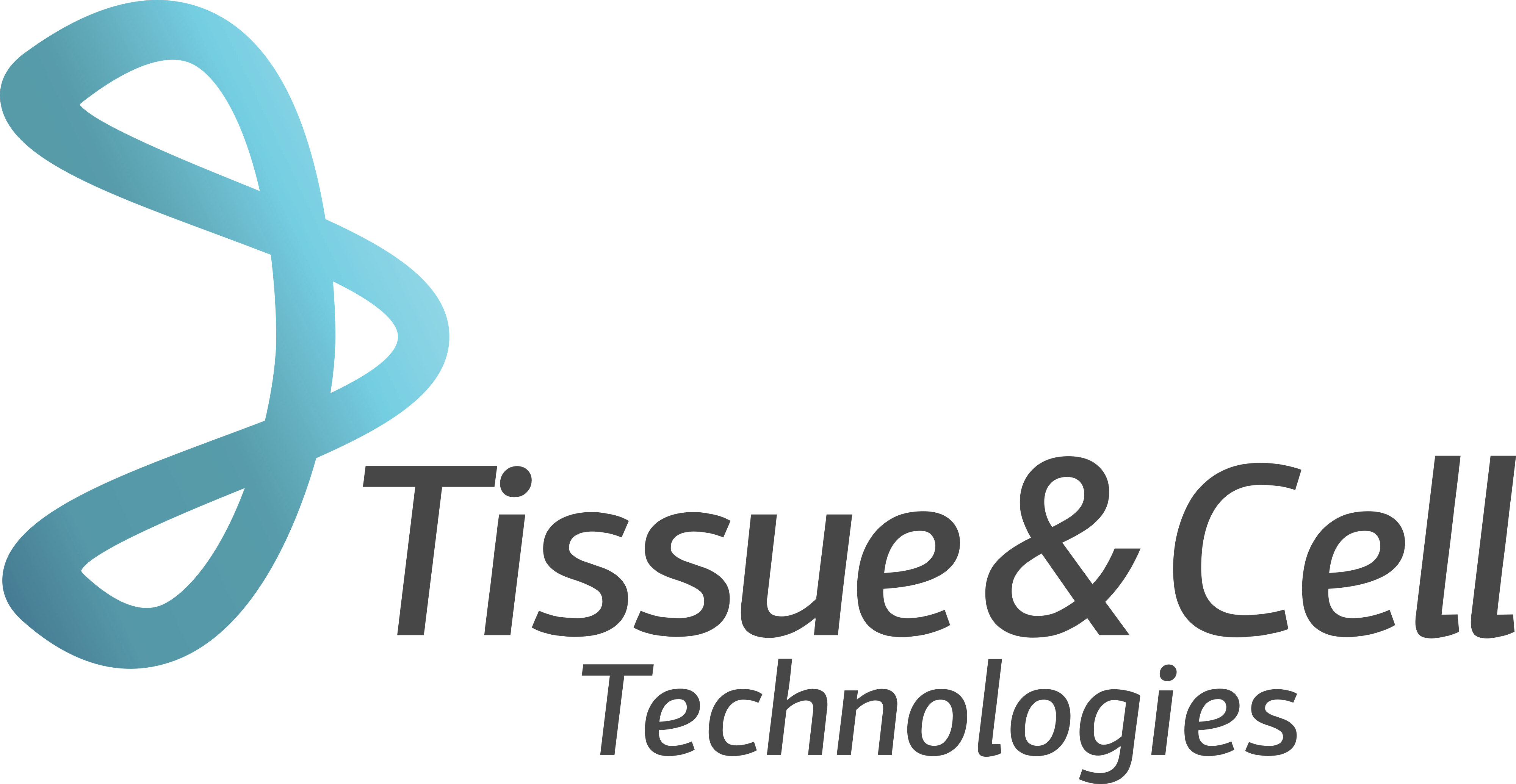Patient FAQ’s
The ADIPOSET System is the technology that allows fat from your body to be stored for future use. You can think of it like a bank vault where safety deposit boxes are stored. You take your valuables to the bank and store them there until you need them again. You have the control to remove them at any time. The various options for fat storage, Regnery’s mL, Regnery’s XL, and Lipostor, are similar to the different sizes of safety deposit boxes. If you have a lot of valuables to store, you get a bigger safety deposit box.
Congratulations on scheduling a fat grafting procedure! The ADIPOSET® System gives you the ultimate flexibility for future touch-ups. Why is this important?
Fat grafting is complex and often takes multiple sessions to achieve the best result. Each touch-up procedure requires another trip to the operating room for surgery for liposuction to harvest the fat. Unfortunately, you’re taking on the risks and costs of surgery all over again (general anesthesia, time to recover, etc.). It’s also important to know that fat harvested from areas where it has been harvested previously doesn’t graft (take) as well. So your choices are
to accept multiple liposuction surgeries and the associated costs, risks, and diminished fat quality or opt for whatever can safely be harvested and grafted in one procedure. These barriers often lead to patients accepting results they see as suboptimal.
The ADIPOSET System solves these issues by banking the additional, or leftover, fat from your initial procedure for use in the future. Now, your surgeon can use your banked fat to do touch-ups in a much more comfortable clinic setting. If your fat grafting surgery only requires a small amount of fat storage, like for the face or the hands, we have the Regnery’s mL. For procedures requiring larger amounts of fat, like fat grafting to the buttocks (i.e., BBL), we have the Regnery’s XL. Fat grafting to the breast could fall into either category, depending on your surgeon’s recommendations.
Your fat can be put in any number of places: breasts, hips, buttocks, and face, to name a few. Discuss your needs with your surgeon, and together, you can create a strategy to use your fat. Your stem and regenerative cells can also be used for future needs (even if you don’t know what they are right now).
Viability means that the fat still has all the properties needed to live and thrive after being grafted into the body. Therefore, the viability of the fat is critical. If the fat is not transported, processed, frozen, and thawed correctly, much of it could lose its viability. When you use the ADIPOSET System, you could expect your fat to be 75% viable after thawing.
If the fat being injected isn’t viable, most or all of those fat cells will die. The dead cells are absorbed and excreted by your body. In rare instances, the dead fat can lead to lumps, which may need to be treated by your surgeon.
There is no limit to the amount of time your fat can be stored. We have stored fat for over eight years, and it has still retained its viability.
You own your fat! You can continue to work with your current surgeon or use another surgeon in the future.
Our Patient Portal makes it easy to check on your fat!
No, your fat is only compatible with your body.
Stem Cell & Regenerative Medicine Overview goes here
You own your fat! You can continue to work with your current surgeon or use another surgeon in the future.
Our Patient Portal makes checking on your fat easy!
Your fat can be put in any number of places: breasts, hips, buttocks, face, to name a few. Your stem and regenerative cells can also be used for future needs (even if you don’t know what they are right now).
No, your fat is only compatible with your body.
Viability of the fat is extremely important. If the fat is not transported, processed, frozen, and thawed correctly, much of it could not be “viable” (where it still has all the properties that it once had to live and thrive in the place it gets injected). When your surgeon uses our Adiposet System, your fat has been tested to be 75-85% viable after thawing.
If the fat isn’t viable, then most or all of what gets injected into your body would die off.
Fat could theoretically be stored forever, but the key question is how long can your fat be VIABLE). and a 90%+ fat retention rate of the graft for ((X#)) years. We are continually testing for fat viability over time.
